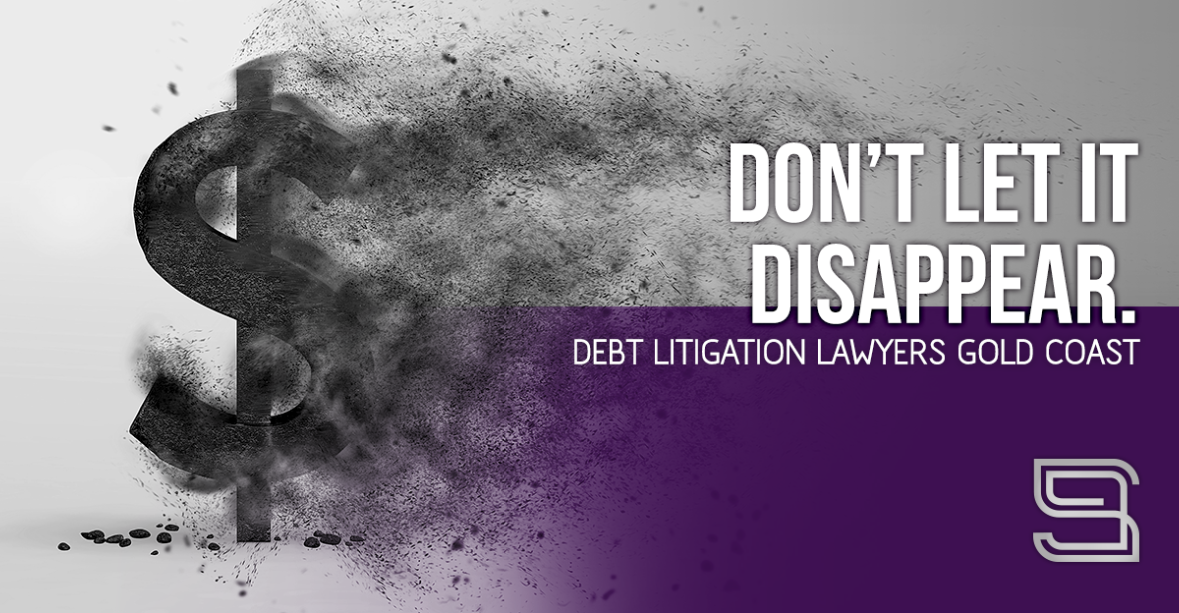
The first step in any debt recovery procedure is to send the debtor a letter of demand (enclosing the outstanding invoice(s) if need be).
It is prudent to send a letter of demand in the first instance for two reasons:
If the debtor does not make payment of the debt in accordance with the letter of demand, the next logical step is to commence debt recovery proceedings in the relevant Court.
This is done via the filing and serving of a Claim and Statement of Claim.
You will have to commence proceedings in one of the following Courts dependent on the value of the debt:
The procedures in the above Courts are largely the same, however the filing fees in the lower jurisdictions are less than those in the higher jurisdictions.
There is no utility in spending good money after bad.
Even if there is no controversy as to whether the debtor owes you the debt, if the debtor does not have the financial capacity to satisfy the debt it may not be commercially viable to pursue the debt.
A relevant consideration should be whether you have a signed personal guarantee from the debtor and if the debtor owns any significant assets (for example property).
An important step in the litigation process is the service of the Court documents. Service requires the Court documents (once filed) to be personally delivered to the Defendant (if an individual) or served on a Defendant’s registered address (if a company), to ensure that the Defendant is aware of the Claim against them.
However, if in the instance of an individual, you do not know where the debtor is located, an application can be made to the Court to be granted permission to serve the debtor via some other method (last known postal address, by email, by Facebook, etc.).
If you wish to Claim that someone owes you money, you should produce copies of the materials which prove the debt is owed.
Such documentary evidence may include:
Once a Claim is served the Defendant will have 28 days to file a Notice of Intention to Defend and Defence. If the Defendant has not filed a Notice of Intention to Defend and Defence within 28 days a Plaintiff may apply to the Court for Default Judgment for the full sum claimed.
However, if the Defendant does file a Notice of Intention to Defend, the litigation process can take as long as a piece of string, and it is not uncommon for some matters to take several months if not years to resolve.
If you are successful in obtaining a Judgment in your favour, you may proceed to enforce that Judgment via one of the following methods:
An Enforcement Summons will allow you to review the financial position of the debtor and apply to the Court for a Garnishee Order to facilitate payment of the Order.
However, there are significant consequences for a party who fails to comply with a Bankruptcy Notice or Creditors Statutory Demand. Accordingly, this route whilst more aggressive, may be more likely to compel the debtor to comply with the Order.
Typically, and subject to the degree of complexity:
There are also relevant disbursements in the form of filing fees and process servers which will typically cost between $200 and $1,000.
The main risk in litigation is that you will be unsuccessful in your Claim. This may mean that in addition to the unrecovered debt, you will have incurred legal expenses and may also have a costs order made against you requiring you to pay the defendant’s legal costs.
At Stone Group Lawyers we have a team of highly experienced debt recovery and litigation lawyers who will help you navigate through what can be a very confusing and complicated process. We will endeavour to provide you with the best and most cost-effective legal services taking into consideration your desired result.
Contact our office on (07) 5635 0180 for a free 30 minute consultation with one of our lawyers.
"*" indicates required fields
Suite 31106, Level 11 Southport Central Commercial Tower 3,
9 Lawson Street, Southport QLD
Riverside Centre
Level 37, 123 Eagle Street
Brisbane City, QLD 4000
Ⓒ 2024 Stone Group Lawyers | Site By Merge

